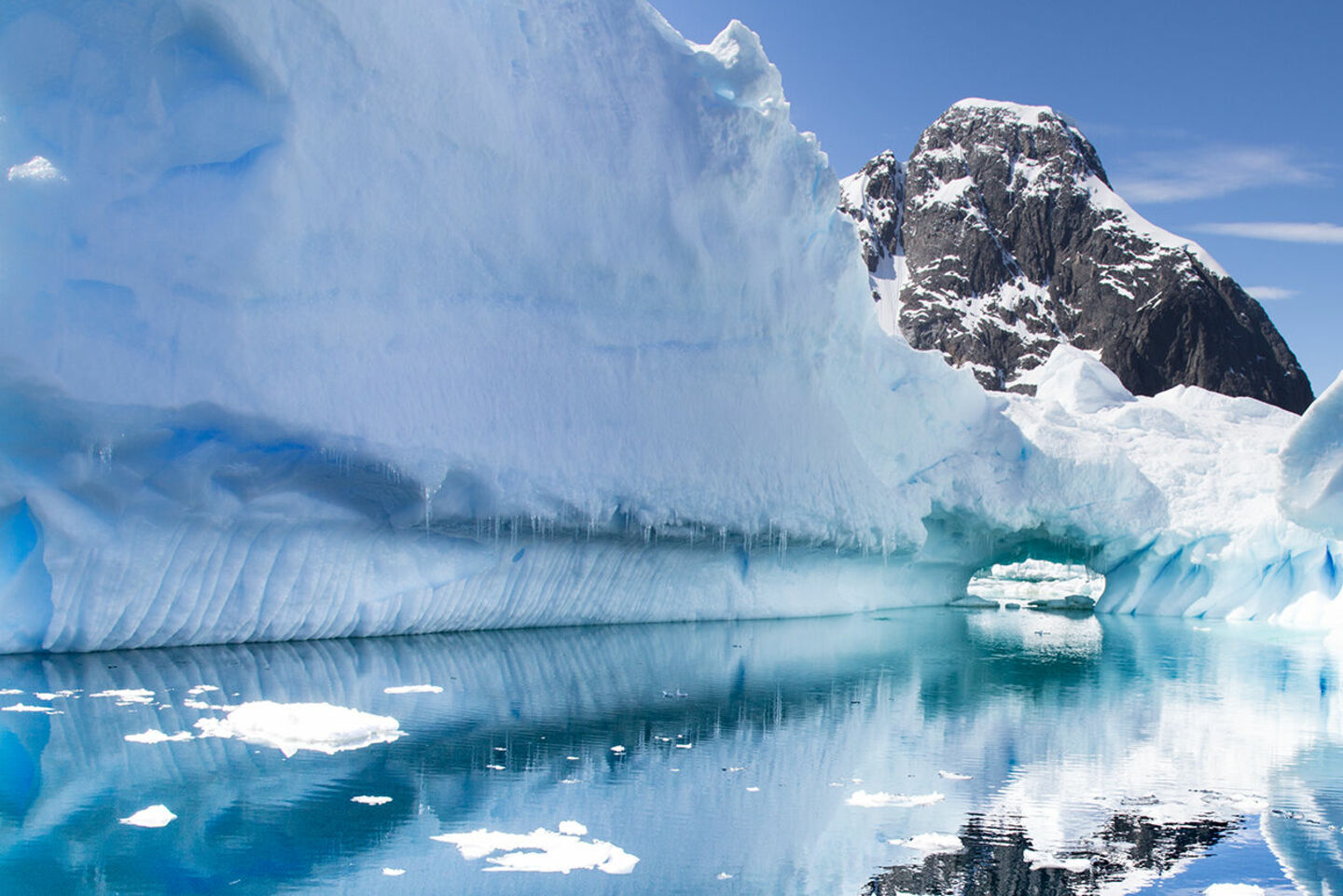
Student team Polar brings us closer to Antarctica
Emission-free and waste-free research on the last unspoiled continent
Driving on Antarctica in an autonomous way, without any emissions or waste, to do research with that same vehicle. That is what the TU/e Polar student team wants to achieve. “So as to raise awareness of what we are doing to the earth and to discover a continent that is still relatively unknown,” says Ewout Hulscher, Polar team's leader.
Nowhere in the world is nature as pristine as in Antarctica. A continent one and a half times the size of Europe, completely covered in ice up to three kilometers, and where the most extreme weather conditions occur. “With wind speeds of over three hundred kilometers per hour and temperatures of minus ninety degrees,” says adventurer, mountaineer, and polar explorer Wilco van Rooijen.
The adventurer climbed the seven highest mountains of the seven continents, the so-called Seven Summits. Including the summit of Mount Vinson in Antarctica. Van Rooijen saw with his own eyes what climate change has brought about. Van Rooijen’s mission is to keep Antarctica intact. And to show how important it is to build a smart world, he adds. “So that we rebuild the earth instead of plundering it.” He is getting help in his mission from the Polar student team.
What you see of Antarctica is just what is above sea level. Below that, in some places, there are about three kilometers of ice and then there is the continent itself. “So that’s the difference with the North Pole. Which is a thin layer of ice. Disrespectfully put, there’s nothing under there.” Antarctica was once attached to South America, Africa, and Australia. There are all sorts of minerals and fossil resources on this continent. “That’s why Antarctica is even more important than the North Pole,” Van Rooijen adds.
“Things have got to be done differently”
“It is the only continent that we as human beings have not yet destroyed,” Hulscher notes. He is a third-year student of Sustainable Innovation at TU/e. Hulscher does not yet know precisely what he wants to do with this study. “But I am one hundred percent sure that I want to work in this field so this project is just the beginning.” Thanks to nature documentaries by British biologist and documentary maker David Attenborough, among others, the student found out about what “we are doing to the earth. Things have got to be done differently.”
The idea is to drive a vehicle on Antarctica entirely without any CO2 emissions. Van Rooijen has deliberately not mentioned the word ‘car’ because he wants to give the students all the freedom they need to explore all of the various possibilities. “It could be a hexagonal vehicle, or round, or one with caterpillar tracks.”
Toy car
Initially, Van Rooijen thought it was going to be easy to carry out. His plan was born about ten years ago. “By having a solar-powered toy car drive around there, I thought: If we can do it at that scale, then we should be able to do it in real life, shouldn’t we? But that thought turned out to be a little too simplistic, he admits. Before he came to the Eindhoven University of Technology, there were two attempts to make a compatible vehicle. First together with Utrecht University of Applied Sciences and then another with an entrepreneur. Both cars perished in the first real trials.
Van Rooijen continued to believe in his plan and knocked on TU Eindhoven’s door. “That was also a very long path. But somehow I managed to find this enthusiastic group of students. They must have an enormous amount of courage. Because there is nothing at all yet. They do research for one academic year and that’s still ongoing. And students can decide to quit after a year. But the student team is growing, that’s something that I could only dream of.”
It’s not just about making a vehicle, says Van Rooijen. “Just driving to the South Pole would be stupid. Then you’re there, you’ve made your statement and you’ve produced another pile of waste. What progress have you made then?” That’s why he thought of linking research to it, preferably doing this without the presence of people. “That way, you don’t need food and you don’t have to worry about overwintering and waste.”
The student team started out a year ago with a team of six people. Now it has nine students. In their sub-teams, they work on energy storage, power generation, chassis, and navigation. Hulscher: “We think we will have a prototype to test by 2023.”
Antarctica is a totally unknown territory for Hulscher. A lot of research is still needed. “For example, I don’t know how difficult it is to drive there autonomously. On a highway, you know that you have to stay within the lines and if you have a car on your left that you can’t turn left. There is nothing like that in Antarctica.”
Antarctica belongs to no one. There is an international treaty that expires in 2048. Among other things, it states that no country can claim the continent. Australia, New Zealand, Argentina, Chile, Norway, the United Kingdom, and France wanted to claim sections in the years between 1907 and 1943. Countries such as the United States and Russia were opposed to those claims. In 1959 the treaty was signed by twelve countries. The law ‘Preserve Antarctica’ was enacted in the Netherlands. Van Rooijen: “But there is not a single soul who knows about that.” The fact that the treaty expires in 2048 means that Van Rooijen’s mission is urgent, as is climate change. “The ice at the South Pole is already melting six times faster than our scientific models have calculated,” according to Van Rooijen. “Sea levels will then rise by almost 57 meters. That seems almost unbelievable.”
Snow like grains of sand
It is also a totally different ice plain than, for example, the plains in Greenland or Finland, Van Rooijen goes on to say. Antarctica is the driest continent in the world with the lowest humidity levels. The wind makes the snow look like sand, Van Rooijen explains further. “And then there are also frozen ice waves, so-called ‘sastrugi.’” Given that so much is still unclear, the team should start testing on the continent as soon as possible, Van Rooijen believes. “That’s what you learn the most from. It is impossible to have a working vehicle from behind your desk just like that.”
“What I find very important is that we share the knowledge that we gain. In my opinion, what we often do in this world once we have invented something new, is to turn it into a business model. That then becomes your revenue model. Sharing knowledge then often implies sending an invoice.” Van Rooijen wants to share as much knowledge as possible for the preservation of the planet. “We are going to use that research vehicle to gather knowledge in Antarctica. We will share that knowledge so that we can ultimately build a smarter planet. I am convinced that if we do that, the world will be able to take flight.”

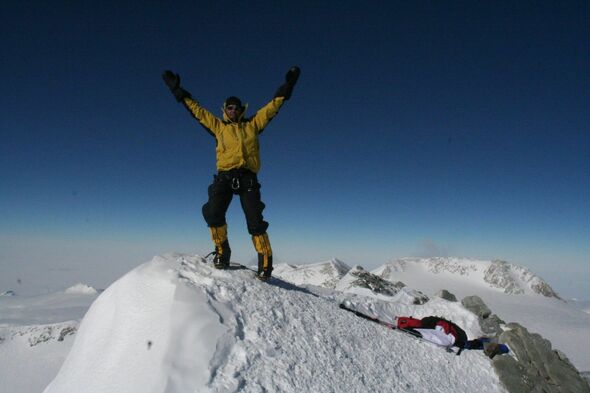

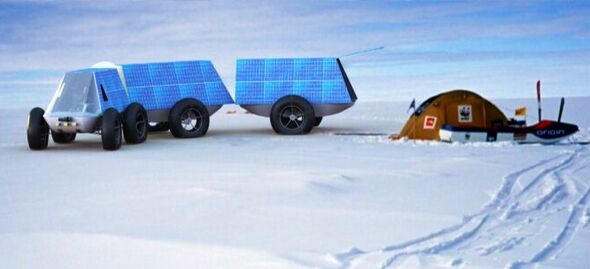
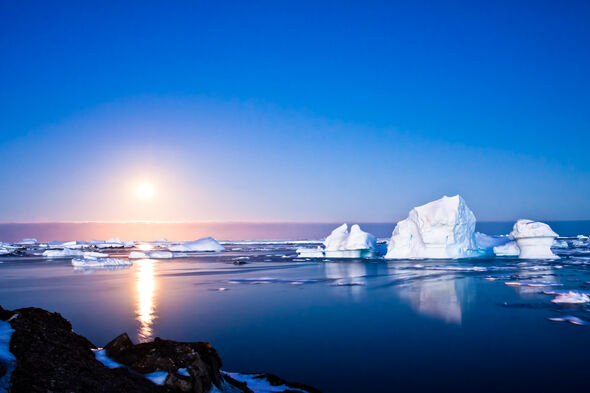
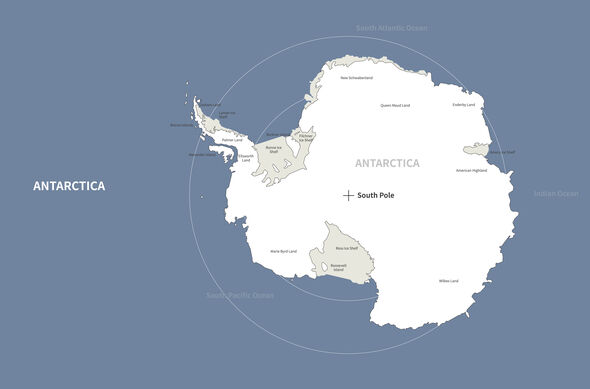
Discussion